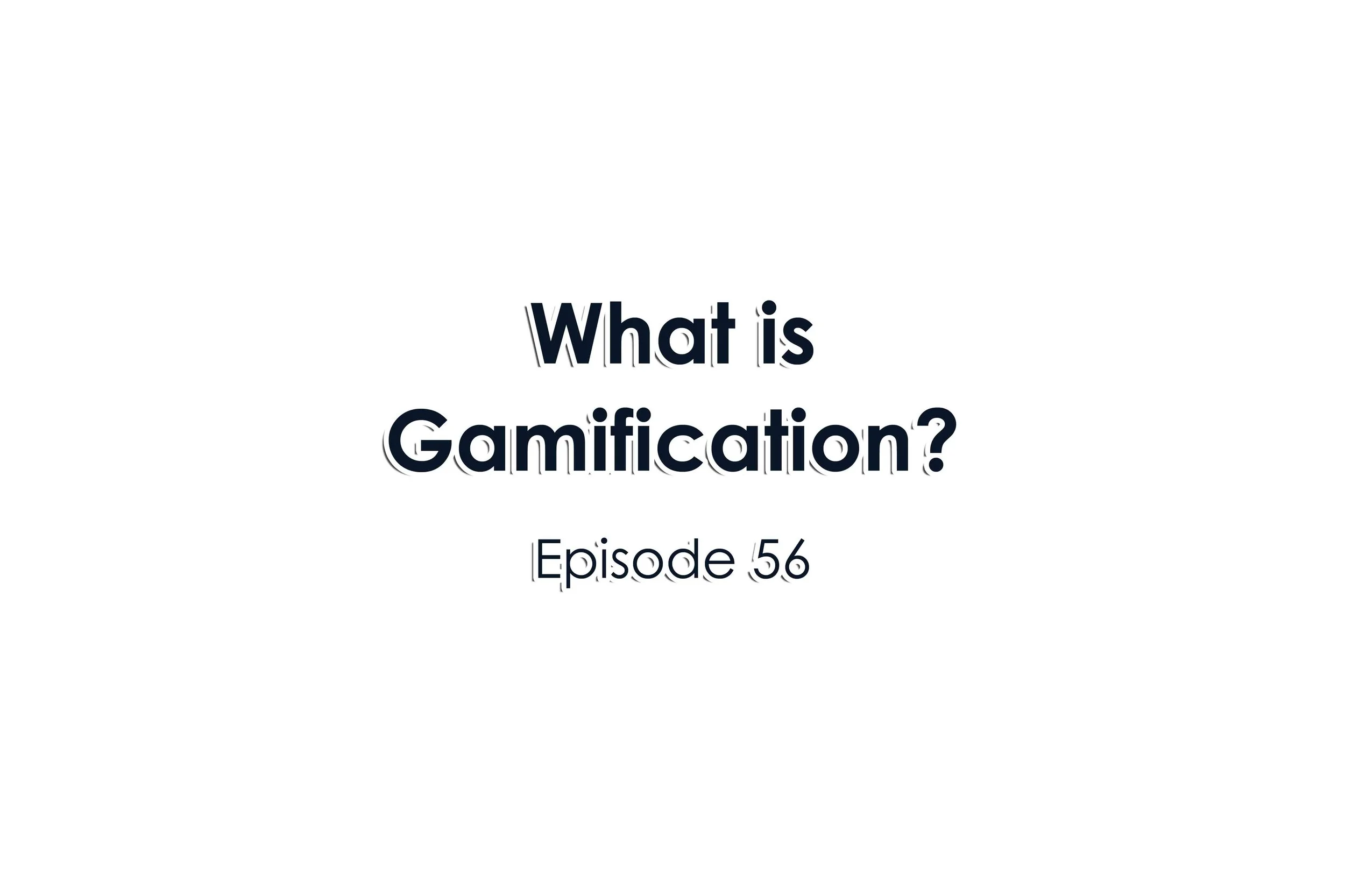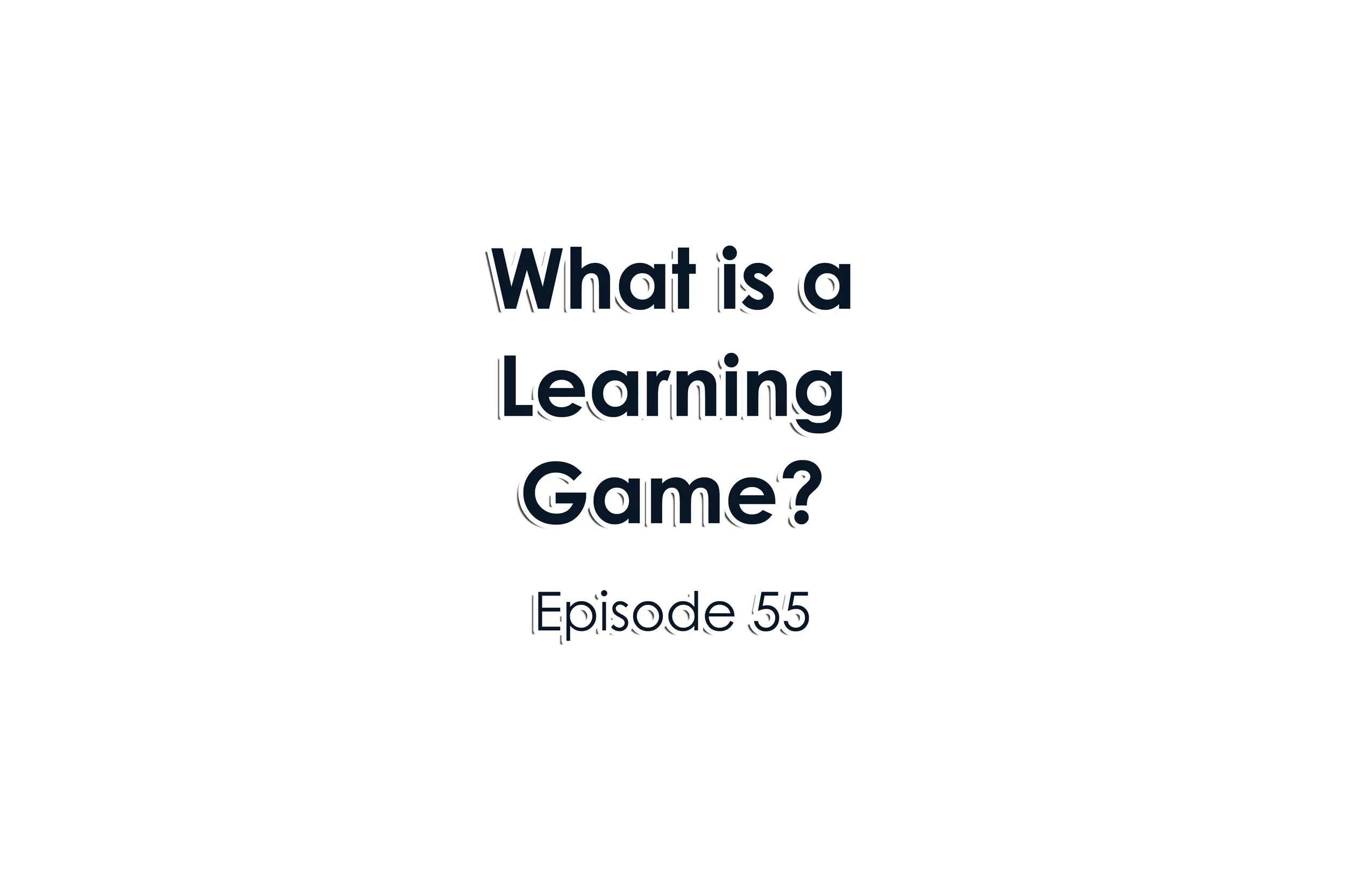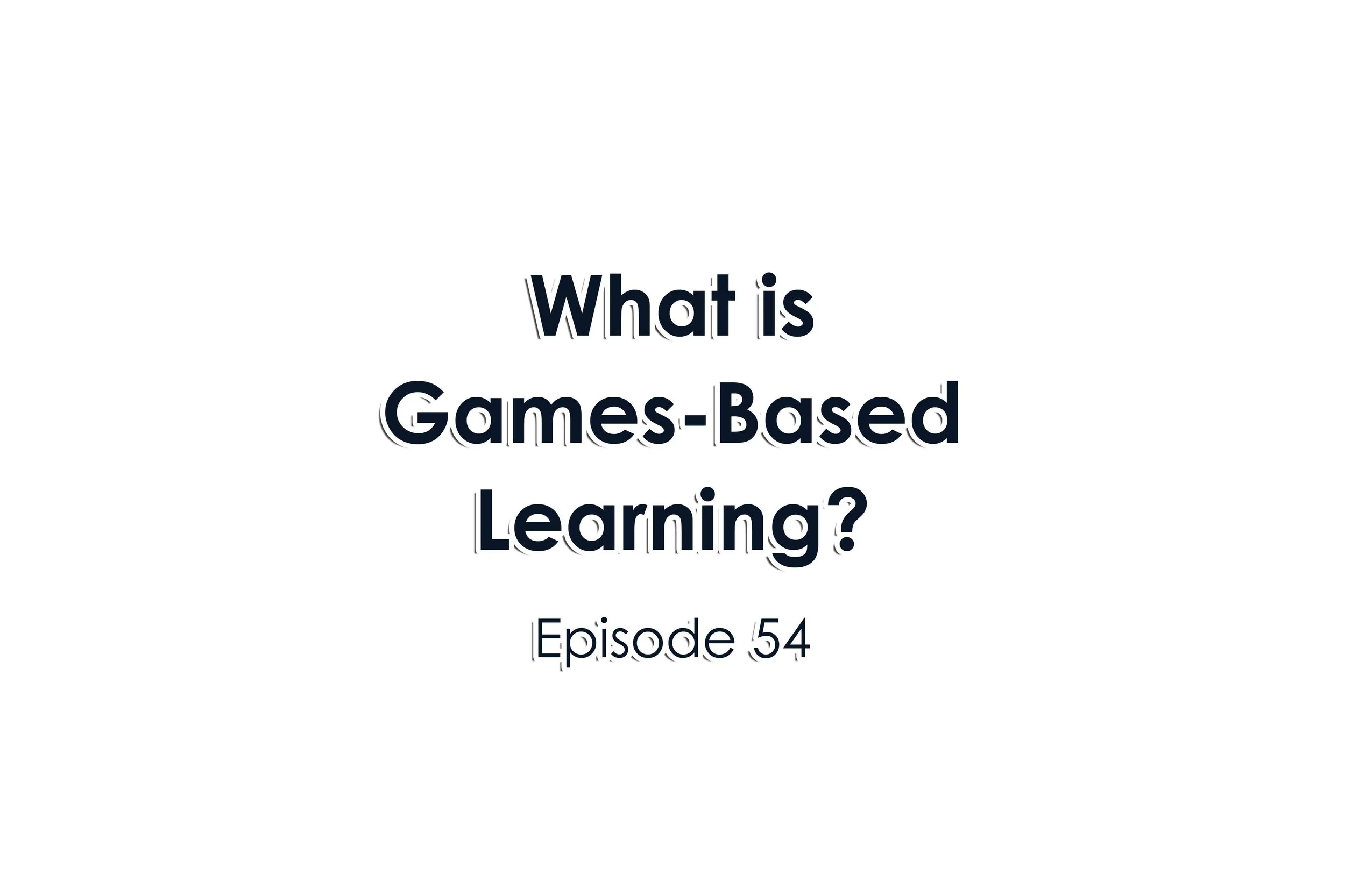This episode will provide an overview of self-determination theory and how the three needs of autonomy, competency, and relatedness influence player motivation. Intrinsic vs. extrinsic motivation will be discussed in addition to how feedback loops affect the player experience. Self-determination theory in its application to both games and games-based learning will be shared. Self-determination theory’s applications outside of games and teaching will also be discussed.
Read MoreOn today’s episode we’ll answer the question: “What is a Knowledge Check?” Making sure that learners are learning what they need to learn is important. That’s especially important when teaching something critical, applicable, or related to something that is time sensitive. That’s when knowledge checks come into play. Knowledge checks are a way for us to determine whether our learners are learning what we want them to learn when we want them to learn it.
Read MoreThis episode will review how to make more visually accessible games. This should be done to make games as accessible as possible for more people: players, learners, and student included. By making games more visually accessible we adhere to better design choices that result in the creation of better games. Visual accessibility options for players will be discussed as well as the use of interactive fiction for engaging vision impaired players.
Read MoreOn today’s episode we’ll cover how to use game mechanics for learning. Game mechanics are the rules and procedures that guide players through the game. These mechanics also provide the structure for how the game reacts to players’ actions. This definition is great for game designers and developers, but what about for educators, instructors, professors, and teachers? How do they use game mechanics for teaching and learning? How can students benefit from game mechanics through games-based learning?
Read MoreOn today’s episode we’ll answer the question: “What are Megagames?” Most people have played games at some point in their lives. They can be table top games, card games, board games, playground games, video games, console games, or computer games. Most people have likely played hard games, easy games, social games, or abstract games. Mostly we’ve played fun games. But we’ve probably also played lousy games.
Read MoreOn today’s episode we’ll answer the question: “What makes a good rule book?” Rulebooks are one of the first things that players turn to after they’ve decided to play your game. Players turn to this as the guide; the rules; and the structure that will shape their experience. Often designers think about rulebooks at the very end of their design process. However, the ability to write clear, concise, and actionable rules is more challenging that you may think.
Read MoreOn today’s episode we’ll answer the question: “What is a Intrinsic Motivation?” We don’t need to be reminded to play games. We play games because we want to. We’re motivated to play because we’re attracted to them. We want to play games for the experience, the escape, and for the fun. So what is that drive that makes us play games? What is that motivation? The best games are driven by intrinsic motivation. This means that we play games for the fun of it. We don’t play games to earn money. We play games because deep down we’re internally motivated to do so.
Read MoreOn today’s episode we’ll answer the question: “What is a Simulation?” Simulations and games are mediums that players, designers, academics, and professionals often talk about. Some simulations are games like The Sims and Sim City. Whereas other simulations are more serious. Simulations find their way into our daily lives in several ways. But, we can also use them for teaching, training, learning, and development.
Read MoreOn today’s episode we’ll answer the question: “What is Player Agency?” Player agency is about giving our players the time, space, and resources needed in order to make decisions in games. But is that is the only thing that agency provides to players? Is agency even a good thing? If so, then what amount of agency is the right amount to give to players? How should players navigate this agency? And how should they go about making decisions in the game?
Read MoreOn today’s episode we’ll answer the question: “What is the Lusory Attitude?” We all play games for multiple reasons. No matter what the reason, we agree to a certain set of rules and expectations of play. Some of this involves us entering the “magic circle” of games. We have to suspend our disbelief in order to become fully enveloped in the game world.
Read MoreWe may play games for various reasons. One of the reasons why we play games is to escape. We escape to a faraway place that is different and distinct from the place that we call reality. That type of escape is into the “magic circle” of games. The magic circle is a place where different rules that govern our existence, actions, and consequences apply
Read MoreTrying to understand what players do and why players do it will perhaps be one of the biggest mysteries of gaming. Sure, it can be easy to find out why players play games. But what does it mean for the players themselves? What parts of that player experience make it engaging and fun for them?
Read MoreInteractions and experiences are things that usually go hand in hand with games. Designers look for ways to make their games more interesting. Instructors look for ways to engage their students in order to facilitate the learning process.
Read MoreGamification is a buzz word that has made it around the world several times. It’s one of those ideas, concepts, or strategies that everyone from business leaders, academics, and the general public have either applauded or denounced. But what is gamification? What makes something “gamified?” How can gamification be used strategically? What are the pitfalls of gamification and how can we avoid them?
Read MoreUsing games as a medium for learning is called games based learning. Often times these games are created from the ground up to be used for teaching and learning. These are usually simulations or serious games. However, games can also be adapted for educational purposes. These are called learning games.
Read MoreOn today’s episode we’ll answer the question: “What is Games-Based Learning?” Games are pretty ubiquitous. You can find them in most places. I tend to really love my table top game collection; but there are other gamers who are as easily attached to their mobile phones; tablets; PC’s or consoles.
Read MoreOn today’s episode we’ll cover “Accessibility in Games.” Accessibility is a concept that is often talked about in game design. Specifically when it comes to making games more accessible to a wider audience. But what does accessibility mean and what does it entail when designing games for entertainment, learning, or personal development?
Read MoreOn today’s episode we’ll cover how to “Play Test for Success.” Play testing is one of those functions of game design that designers struggle with. It’s often as difficult a function as the design process itself. Particularly if you very close with your design and are sensitive to any changes.
Read MoreOn today’s episode we’ll cover “Applying Feedback.” Applying feedback from play testing games, table top games, and educational games is incredibly important. It’s important for multiple reasons. Those reasons extend from shaping the player experience; to connecting learning outcomes; to making sure that the experience stays “fun.”
Read MoreOn today’s episode we’ll cover “Game Components.” Games are often broken down into smaller elements. This is done in order to help designers create them as well as help academics study them. Of course there is debate on what exactly constitutes a game “dynamic” or “mechanic.” I realize that there is much contention over what these terms mean.
Read More



















